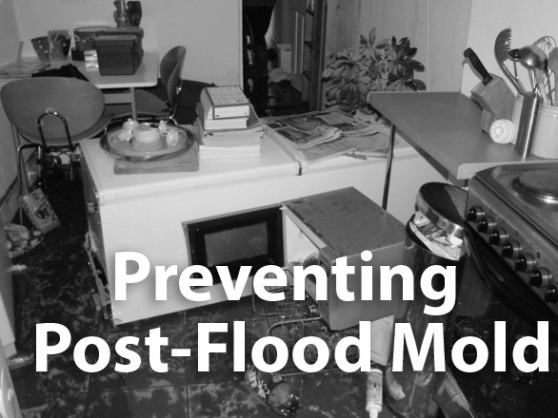 Mold – it’s every homeowner’s nightmare. The word alone is enough to make your cringe. Not only does it greatly decrease the value of your home, it can also cause health problems. While we all know about the negative effects of mold, most people are not sure whether or not they have mold in their home.
Mold – it’s every homeowner’s nightmare. The word alone is enough to make your cringe. Not only does it greatly decrease the value of your home, it can also cause health problems. While we all know about the negative effects of mold, most people are not sure whether or not they have mold in their home.
There are a number of things to look out for that may indicate there’s mold growing inside your house. Here are a few.
Visible growth
If you see mold, then you know for sure you have it in your home. However, some people often mistake it for soot, dirt and other types of stain. Mold is often found in the bathroom – in the shower, bathtub or the grout between tiles. Also, check your carpets and walls for smudges or blotches that do not easily wash away.
Take immediate action if you see mold growing. Do not ignore small amounts of mold. There could be more lurking behind the walls. It can be just the tip of the iceberg.
Odor
Mold isn’t always visible. Sometimes, the best way to tell the presence of mold is through your nose. Mold emits an unusual and unpleasant odor. If the smell is worse in certain rooms, there’s a good chance of mold growth in that area.
Health symptoms
Do you notice your allergic reactions are worse when you’re at home, but you feel a lot better when you’re outside? If so, mold could be growing somewhere in your home.
Common allergic reaction to mold includes nasal congestion, sneezing, puffy eyes, sore throat and coughing. Serious health concerns like asthma can occur if you’re allergic to mold.
Water leaks
Previous or current leaks are often a good indicator that mold is present. If you notice condensation or hear dripping or running water, you may have a leak in your home.
